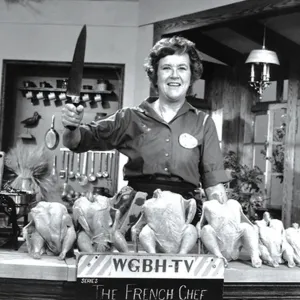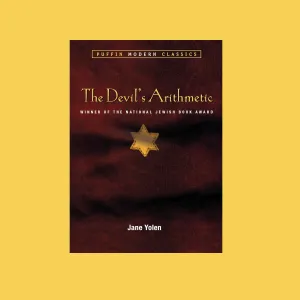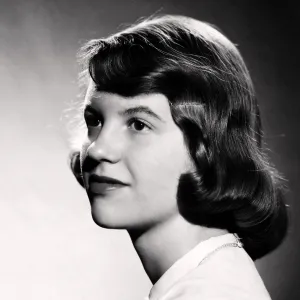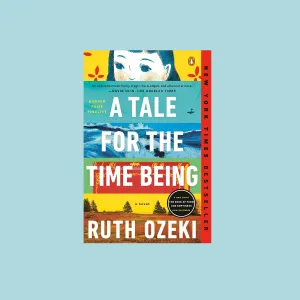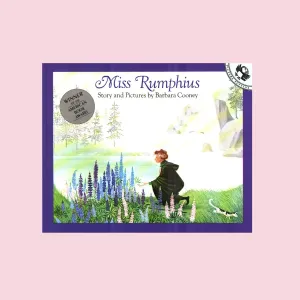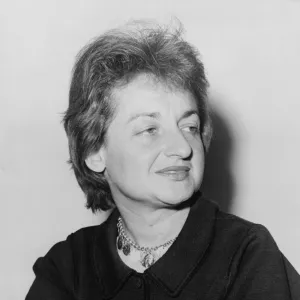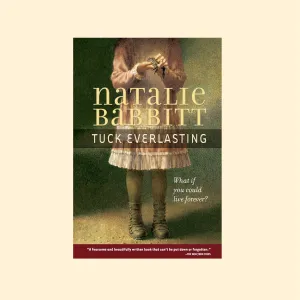Natalie Moore Babbitt ’54 is the author of such books as The Search for Delicious (1969) and Kneeknock Rise (1970), but her best-known work is Tuck Everlasting (1975). “What if you could live forever?” is the question that appears on some covers of Tuck Everlasting, a children’s book that finds its lead character, Winnie Foster, contemplating whether to join a family she befriends, the Tucks, in immortality. “The Tucks are simple, inconspicuous people who wanted to remain—and who do still manage to remain, one supposes—just as they are,” Philippa Pearce wrote in 1975 in The New York Times. “The story is macabre and moral; exciting and excellently written. It has no absolute end, because time hasn’t.”


